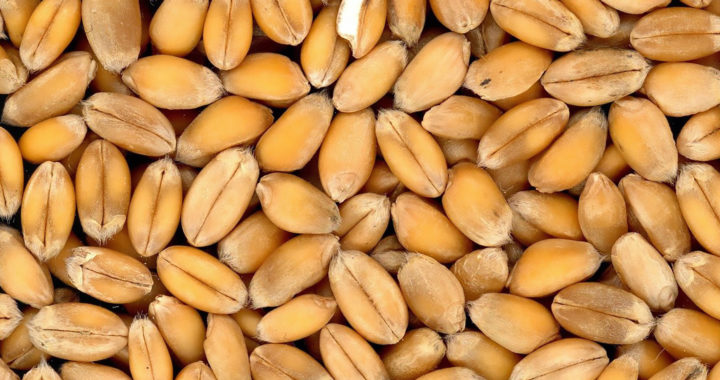One of the four major types of market structures is perfect competition characterized by a sizeable number of firms or producers operating and competing in a particular market or industry offering the same products with no differentiation. These firms or producers are fundamentally offering homogenous produces for the same target market.
The closest opposite of this structure is monopolistic competition but both oligopoly and monopoly structures are important reference points for evaluating its advantages and disadvantages. Nevertheless, understanding the characteristics of perfect competition can also help understand the characteristics of relevant markets or industries.
The Characteristics of Perfect Competition
• Large Number of Market Participants: This market structure has a large number of firms or producers and sellers with the willingness and ability to produce or supply specific products, as well as a large number of consumers or buyers who are willing and capable of purchasing such products at a certain price. The size of these market participants renders a single or even a few entities unable to influence prices.
• Homogenous Products and Perfect Substitutes: Another one of the defining characteristics of perfect competition is the products in a particular market are similar or homogenous. Differentiation is nonexistent. Because of their similarities in terms of qualities and characteristics, including their pricing, these products are perfect substitutes.
• Anti-Competitive Government Regulation: This structure also works in an environment wherein the government has strong and enforceable anti-competition regulations that prevent imperfect competition such as monopolistic competition, as well as the emergence of oligopolies and monopolies. The market promotes and protects competition through these government regulations.
• Producers and Sellers are Price Takers: Remember that this market structure has a large number of producers and sellers that cater to a sizeable number of consumers or buyers. This size leaves a single producer or seller unable to influence pricing because they do not have the power to set prices. All participants are price takers.
• Freedom Regarding Market Entry and Exist: Of course, every market has some level of barriers to entering and exiting. However, in a market considered perfect in terms of competition, the barriers to entry and barriers to exit are too low that they become fundamentally negligible given the right access to resources, as well as the capabilities to allocate and utilize such resources.
• Access and Presence of Market Information: There is also ready access to market information among the participants. Consumers know the prices and understand the utilities they would get from owning each product available to them while producers or sellers do not have the means to attain a competitive advantage.
• Equal Market Share Among Sellers: A specific market or industry under this market structure does not have a single or few producers or sellers owning a substantial portion of the market share to dominate and outcompete others. Of course, because a single seller cannot compete based on price, all sellers should have an equal share of the market. The market share is fundamentally dispersed among all sellers.





